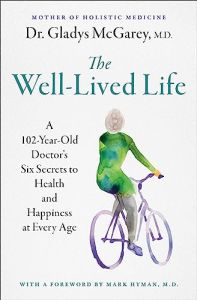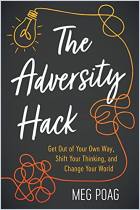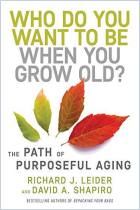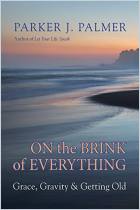
Book
The Well-Lived Life
A 102-Year-Old Doctor’s Six Secrets to Health and Happiness at Every Age
Atria Books,
2024
más...
From THE WELL-LIVED LIFE by Gladys McGarey, MD. Copyright © 2023 by Gladys McGarey. Reprinted by permission of Atria Books, an Imprint of Simon & Schuster, LLC.
ISBN: 9781668014493
Pages: 256
ISBN: 9781668014493
Pages: 256
Recommendation
In this inspiring, easy-to-read guide, Gladys McGarey – age 103, pioneering holistic physician and mother of six – distills the wisdom she gathered over ten decades of living well into six secrets for living with purpose and joy. These lessons include finding your “juice,” moving, loving, connecting, learning and embracing life. McGarey’s six ways of being – and accompanying exercises – offer you a fresh perspective, no matter your age.
Summary
About the Author
Gladys McGarey is a physician and mother of six. She provides life consultations and co-founded the American Holistic Medicine Association and the Academy of Parapsychology and Medicine.











Comment on this summary